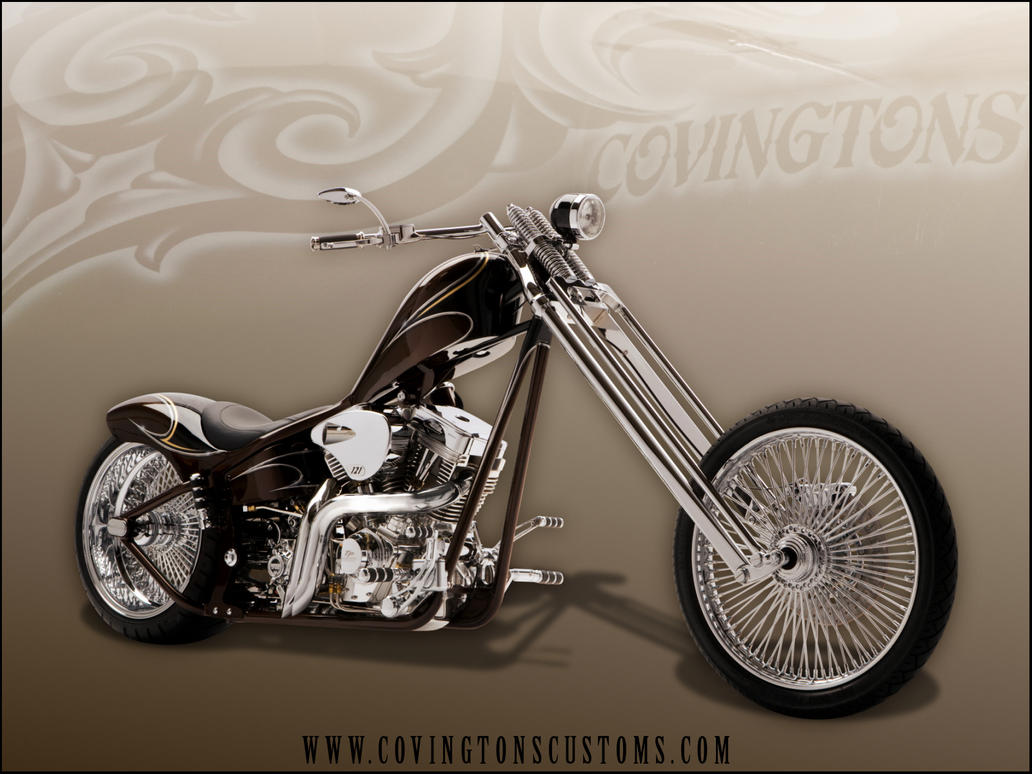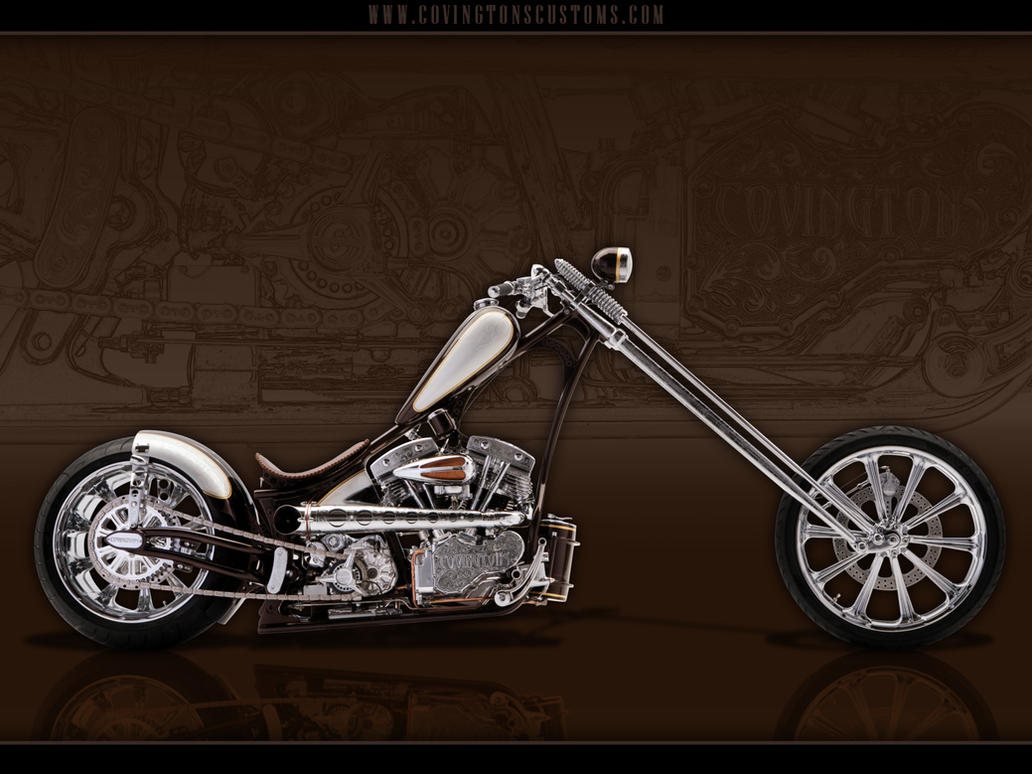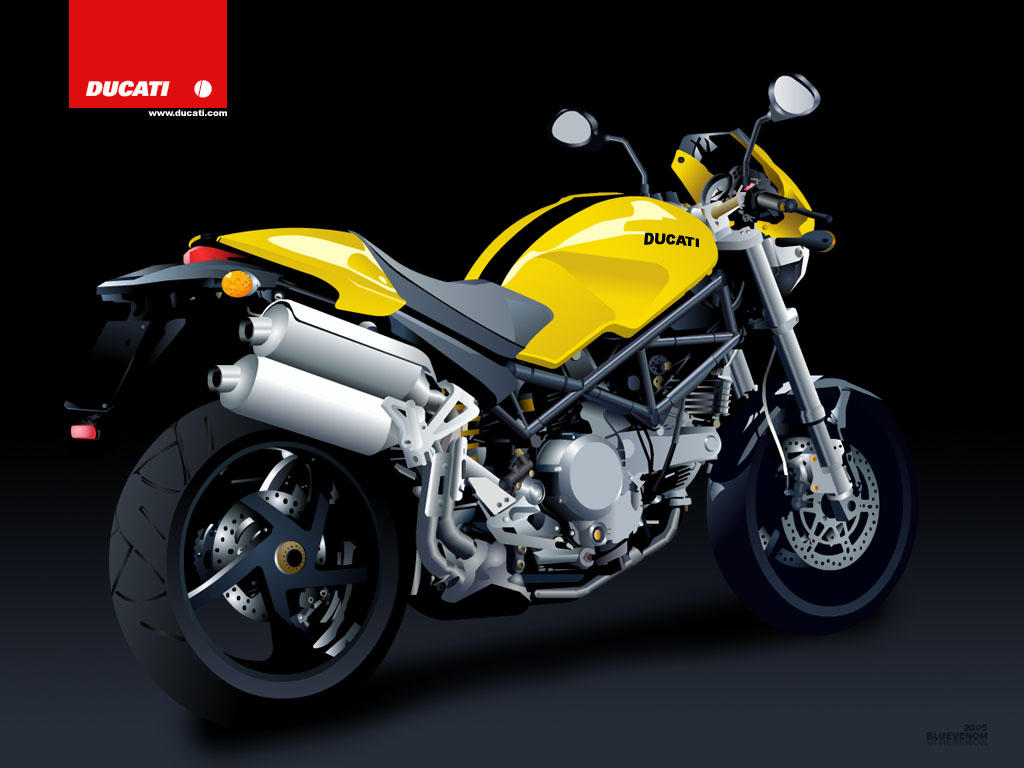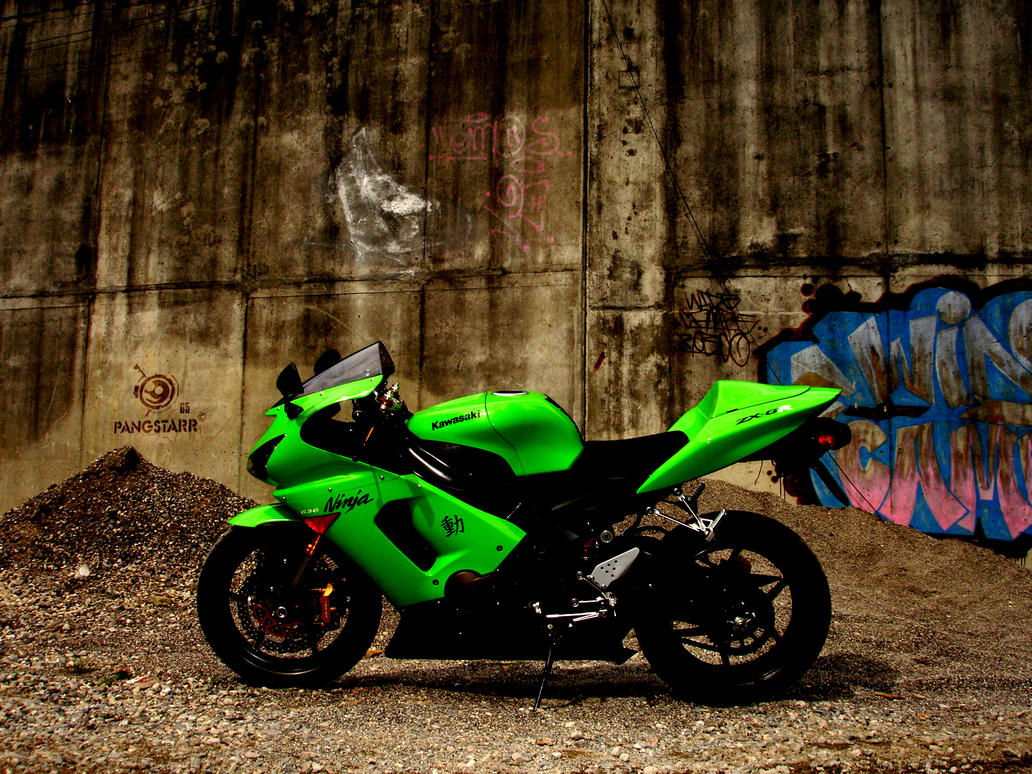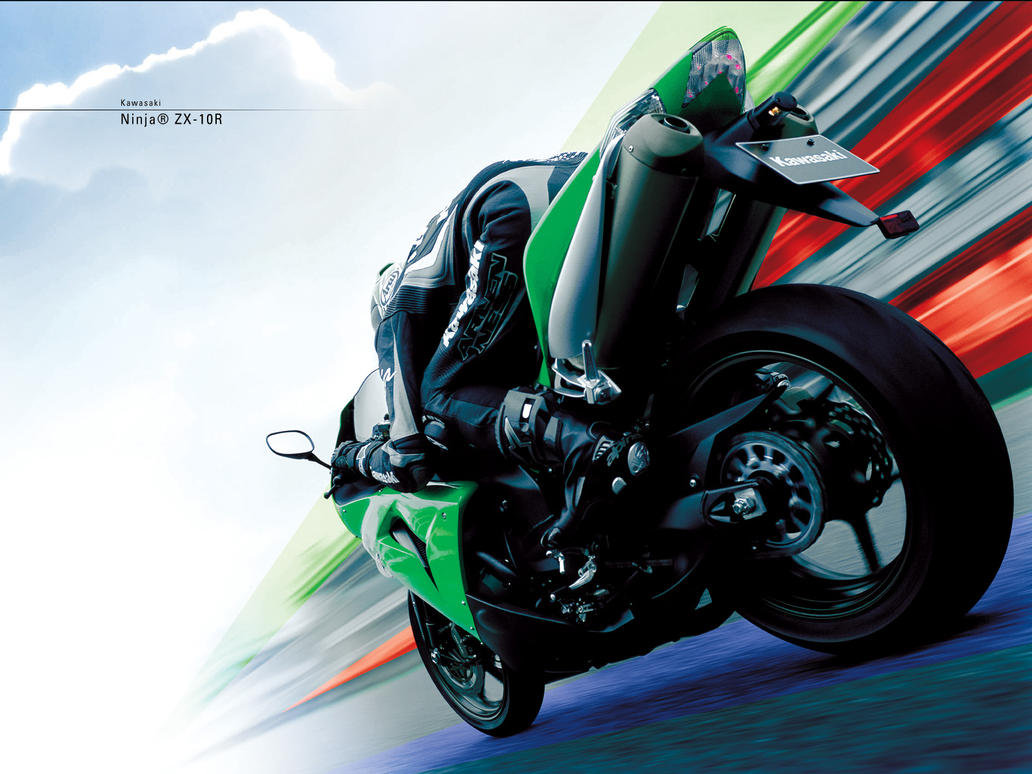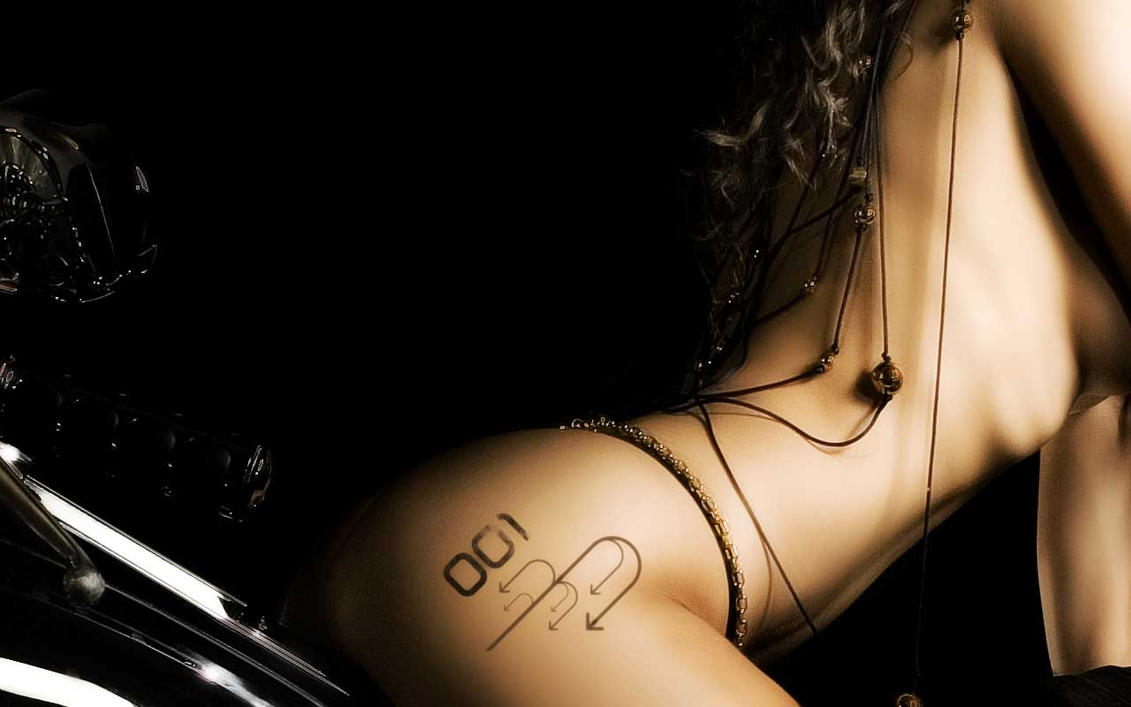
Displacement: 999.00 ccm (60.96 cubic inches)
Engine Type: In-line four
Stroke: 4
Fuel System: Injection
Valves: 4 per cylinder, titanium, with individual cam followers
Fuel Control: DOHC
Engine output: 193 hp (142 kW) at 13,000 rpm
Peak Torque: 82.5 lb-ft (112 Nm) at 9,750 rpm
Dry Weight: 403.4 pounds (183.0 kg)
Wet Weight: 455..3 pounds (206.5 kg)
Power-to-weight ratio: 2.31/2.34 pounds per horsepower without/with Race ABS
Starter: Electric
Lubrication System: Dry sump
Cooling System: Liquid
Gearbox: 6-speed
Transmission type final drive: Chain
Clutch: Multiple-disc clutch in oil bath, mechanically operated
Overall length: 84.4 inches (2,145 mm)
Frame Type: Bridge-type aluminium fram, load-bearing engine
Rake (fork angle): 25.8º
Trail: 3.7 inches (95 mm)
Front suspension: Telescopic fork, Ø 43 mm
Front suspension travel: 125 mm (4.9 inches)
Rear suspension: Cast aluminium single-sided swing arm with eccentric adjustment for rear axle, central spring strut, spring pre-load hydraulically adjustable (continuously variable) at handwheel, rebound damping adjustable
Rear suspension travel: 4.9 inches (125 mm)
Front tire dimensions: 120/70-ZR17
Rear tire dimensions: 180/55-ZR17
Front brakes: Double disc. ABS
Rear brakes: Single disc. ABS
Exhaust system: Closed-loop 3-way catalytic converter, emission standard EU-3
Top speed: 124.3 mph (200.0 km/h)
Exhaust: Small and short rear-end muffler, pre-silencer and electronically controlled interference pipe flaps as well as a fully controlled exhaust gas manifold and two fully controlled three-way catalytic converters.
Fuel Tank: Aluminum for reduced weight
Color options: Mineral Silver metallic, Acid Green metallic, Thunder Grey metallic, Alpine White/Lupine Blue/Magma Red.
Comments: Optional Dynamic Traction Control in conjunction with Race ABS. Various riding modes available at the touch of a button for wet surfaces, regular road requirements, race tracks with sports tyres and race tracks with slicks. Optional HP Gearshift Assistant for shifting up without operating the clutch and without the slightest interruption of torque and pulling power.
The long-awaited official launch of the BMW S1000RR superbike took place this past weekend at Monza. This is the first full blown In-Line Four cylinder supersport machine ever produced by BMW.
Claimed performance numbers look impressive on paper too: 450 lbs wet, 403.5 w/o fuel, 193 horsepower at 13,000 rpm and an incredibly high-tech appearance makes this one of the most anticipated motorcycles of the year. Loaded in base trim the S1000RR is replete with Dynamic Traction Control (DTC) and race-ready ABS along with Formula 1-inspired valve actuation the S1000RR is a technophile’s dream.
The following pages are taken directly from the BMW Press release on the 2009 S1000RR Superbike:


BMW has created a supersports bike that has best-in-class performance combined with supreme riding dynamics.
Specifications of this caliber make this supersports machine not only an absolute highlight in terms of its power-to-weight ratio and performance, but also, equipped with Race ABS and DTC Dynamic Traction Control, a new benchmark in terms of riding dynamics, safety and innovation.
Active safety when braking is significantly enhanced by Race ABS developed especially for the S 1000 RR as a genuine supersports and available as an option straight from the factory. A further most significant feature likewise contributing to active safety of the highest standard is DTC Dynamic Traction Control also available as an option and masterminded electronically for supreme precision and practical value.
Facing various riding conditions such as wet roads (“Rain”), regular road conditions (“Sport”), a race track with supersport tires (“Race”), or a race track with slicks (“Slick”), the rider also has the choice of various engine characteristics and set-ups available at the touch of a button. And last but not least, Race ABS and Dynamic Traction Control are combined with the respective riding modes and coordinated with one another to ensure a supreme standard of performance and safety all in one.
Valve drive like in a BMW Formula 1.
The primary objective in developing the new S 1000 RR was to create a supersports with supreme engine power combined with optimum rideability for the highest conceivable standard of all-round performance.
The water-cooled four-cylinder inline power unit chosen to provide these qualities is brand-new from the ground up, developing maximum output of 142 kW (193 hp) at 13,000 rpm and revving up to a maximum speed of 14,200 rpm. Maximum torque of 112 Nm (82.5 lb-ft), in turn, comes at 9,750 rpm. Following the example of BMW ’s Formula 1 engines, the two intake and exhaust valves per cylinder made of extra-light titanium are operated by very small and equally light single cam followers. In conjunction with the short sprocket driving the camshaft via an intermediate gear, this ensures supreme revving qualities at the highest speeds as well as exact maintenance of valve timing combined with very compact dimensions.

The S1000RR utilizes upside-down forks with a fixed tube.
The new S 1000 RR offers the highest standard of technology also on its suspension and running gear. Weighing just 206.5 kg or 455.3 lb in road trim and with a full tank, BMW’s new supersports is by far the lightest machine of its caliber displacing 999cc and featuring ABS brakes. One of the features that ensures this light weight is the aluminum bridge frame integrating the engine tilted to the front at an angle of 32° as a loadbearing element for optimum torsional stiffness on minimum weight. The front wheel runs on an upside-down fork with a fixed tube measuring an ample 46mm or 1.81" in diameter, while a torsionally stiff swing arm made of aluminum holds the rear wheel in position. The spring and damping action required is provided by a central spring strut pivoting on a guide lever.
The rear frame section of the S 1000 RR is a welded light-alloy structure belted to the mainframe, combining low weight with superior stability and a high standard of robust strength particularly important to riders and teams on the race track.

Race inspired ergoes accommodate tall and short riders while providing for an engaging riding experience.
As an absolutely new development from the ground up, the straight-four power unit featured in the S 1000 RR comes with displacement of 999cc, with cylinder bore of 80mm and stroke measuring 49.7mm. The particularly short stroke/bore ratio of just 0.621 provides the foundation for an absolutely outstanding high-output power unit with supreme performance at all times. Maximum output is 142 kW (193 hp) at 13,000 rpm, peak torque is 112 Nm (82.5 lb-ft) at 9,750 rpm. And with its engine weighing just 59.8 kg or 131.8 lb, the S 1000 RR boasts the lightest 1000-cc four-cylinder in its entire segment.


(top)The software incorporated in this sophisticated BMS-KP (short for BMW Engine Management with Anti-Knock Control) is an in-house development by BMW Motorrad specifi cally for motorcycle applications. (below) The rev limit on the production version of the S 1000 RR is 14,200 rpm, while in purely mechanical terms the engine could run much faster.
Overall output, performance characteristics, the quality of the combustion process and fuel consumption depend largely on the cylinder head and valve drive. In its design and overall configuration, the four-valve cylinder head featured on the S 1000 RR thus offers ideal duct geometry, compact dimensions, optimum thermodynamics, and an efficient heat balance. The narrow valve angles help to provide ideal intake ducts as well as a compact combustion chamber for high compression and optimum all-round efficiency.
Seeking to achieve maximum power and supreme running smoothness even at very high speeds while at the same time offering a very stiff structure, keeping moving masses to a minimum and optimising the timing overlap on the valves, the S 1000 RR comes with cam follower control on all moving valve components, with the cylinder head very compact in design, particularly in terms of its height.
With its compression ratio of 13:1, the power unit of the S 1000 RR comes right at the top in terms of production engines, offering an ideal combustion process for optimum power yield and maximum efficiency.
Torque is transmitted from the crankshaft via a straight-toothed primary drive at a ratio of 1:1.652 to the anti-hopping wet clutch with a total of ten friction plates (diameter 132.4 mm or 5.22").

While Race ABS gives the rider valuable support and therefore represents a very signifi cant safety factor when applying the brakes, it is not able to re-define or change the laws and limits to riding physics.
The dog-shift six-speed gearbox is very compact and light. The individual gears are shifted by a light, composite steel shift cylinder and shift forks resting on three points. To keep the gearbox and transmission system as compact and short as possible, the primary and secondary shafts are positioned on top of one another, thus saving a lot of space. Again, this reduces the overall length of the engine and allows the use of a long rear-wheel swing arm in the interest of optimum traction.
Variable intake manifold length for an optimum torque curve and maximum power.
Fuel injection is fully sequential, meaning that fuel is injected individually in accordance with the intake stroke of the respective cylinder into the intake duct. To improve the torque curve, the S 1000 RR comes with highly elaborate intake manifolds varying in length according to current requirements: Depending on engine speed an adjuster motor fitted on the airbox varies the length of the intake manifolds through map control in two stages.
Free choice of “Rain”, “Sport”, “Race” and “Slick” riding modes for optimum adjustment to road and track conditions.
